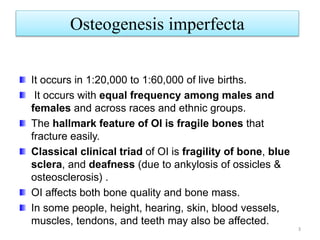
Osteogenesis Imperfecta (OI), also known as brittle bone disease, is a rare genetic disorder characterized by fragile bones that are prone to fractures. It affects an estimated 6-7 per 100,000 individuals worldwide. OI is caused by mutations in the genes that affect the production of collagen, a protein necessary for strong and healthy bones. This condition can range from mild to severe, and symptoms may vary widely among individuals. Understanding OI is crucial for effective diagnosis, management, and support for those living with this condition.
Overview of Osteogenesis Imperfecta (OI) and its causes
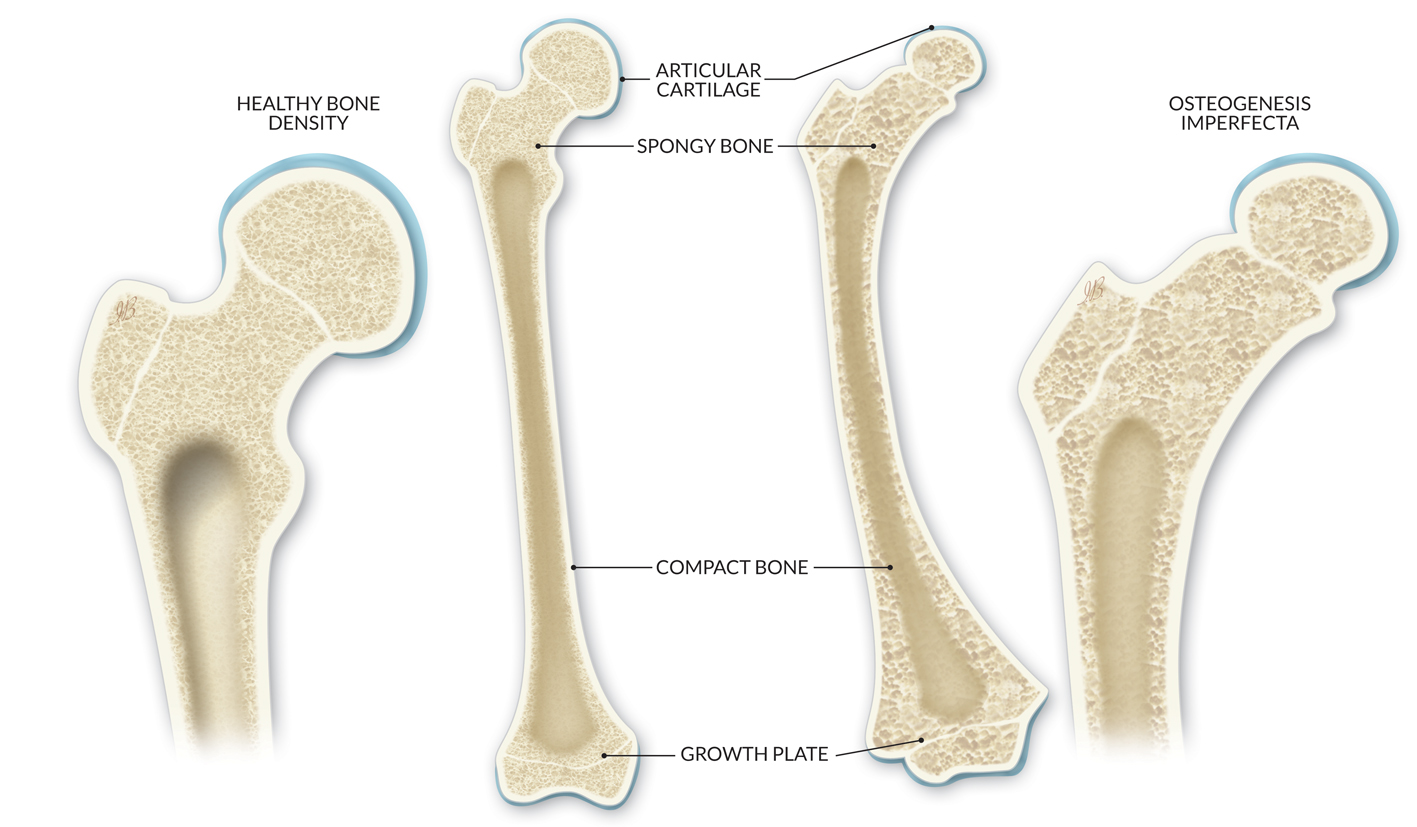
Osteogenesis Imperfecta (OI), also known as brittle bone disease, is a genetic disorder that affects the bones, making them extremely fragile and prone to fractures. It is caused by mutations in the genes responsible for producing collagen, a protein that provides strength and flexibility to bones. These mutations can disrupt the production or structure of collagen, leading to weakened bone tissue. OI can be inherited from one or both parents or can occur as a result of a spontaneous mutation.
Classification of OI
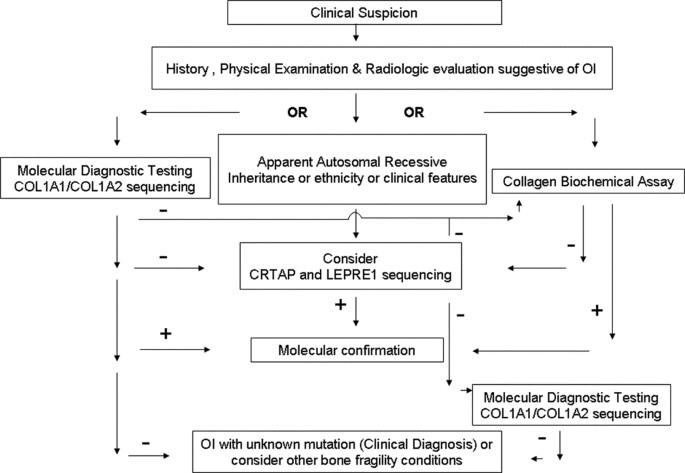
Classification of OI involves categorizing the disorder into different types based on its severity and specific features. There are four main types of OI: Type I, Type II, Type III, and Type IV. Type I is the mildest form with minimal bone fragility, while Type II is the most severe and often fatal. Types III and IV fall in between, varying in terms of bone strength and severity of symptoms. The classification system helps to guide treatment approaches and prognosis for individuals with OI.
Understanding Collagen

Collagen plays a crucial role in bone formation. It is a protein that provides strength and structure to bones, tendons, and ligaments. In the context of Osteogenesis Imperfecta (OI), collagen mutations can disrupt the normal formation of bones, leading to the characteristic fragility seen in individuals with the condition. Understanding how collagen functions in bone development is essential for comprehending the underlying mechanisms of OI and developing effective treatment strategies.
The role of collagen in bone formation

Collagen plays a crucial role in bone formation. It is the main protein component of the extracellular matrix, providing structural support to bones. Collagen fibers create a framework that supports the deposition of minerals, such as calcium and phosphate, which gives bones their strength. Without sufficient collagen, bones become weak and prone to fractures. Collagen is essential for maintaining the integrity and stability of the skeletal system.
How collagen mutations lead to OI

Collagen is a protein that plays a crucial role in bone formation and strength. Mutations in the genes responsible for producing collagen can lead to disruptions in its structure or quantity. This affects the quality of the connective tissues, including bones, causing them to be brittle and prone to fractures. The severity of OI symptoms depends on the specific collagen mutation and its impact on bone strength. Understanding these mutations is essential for targeted treatments and management strategies for individuals with OI.
Symptoms and Diagnosis
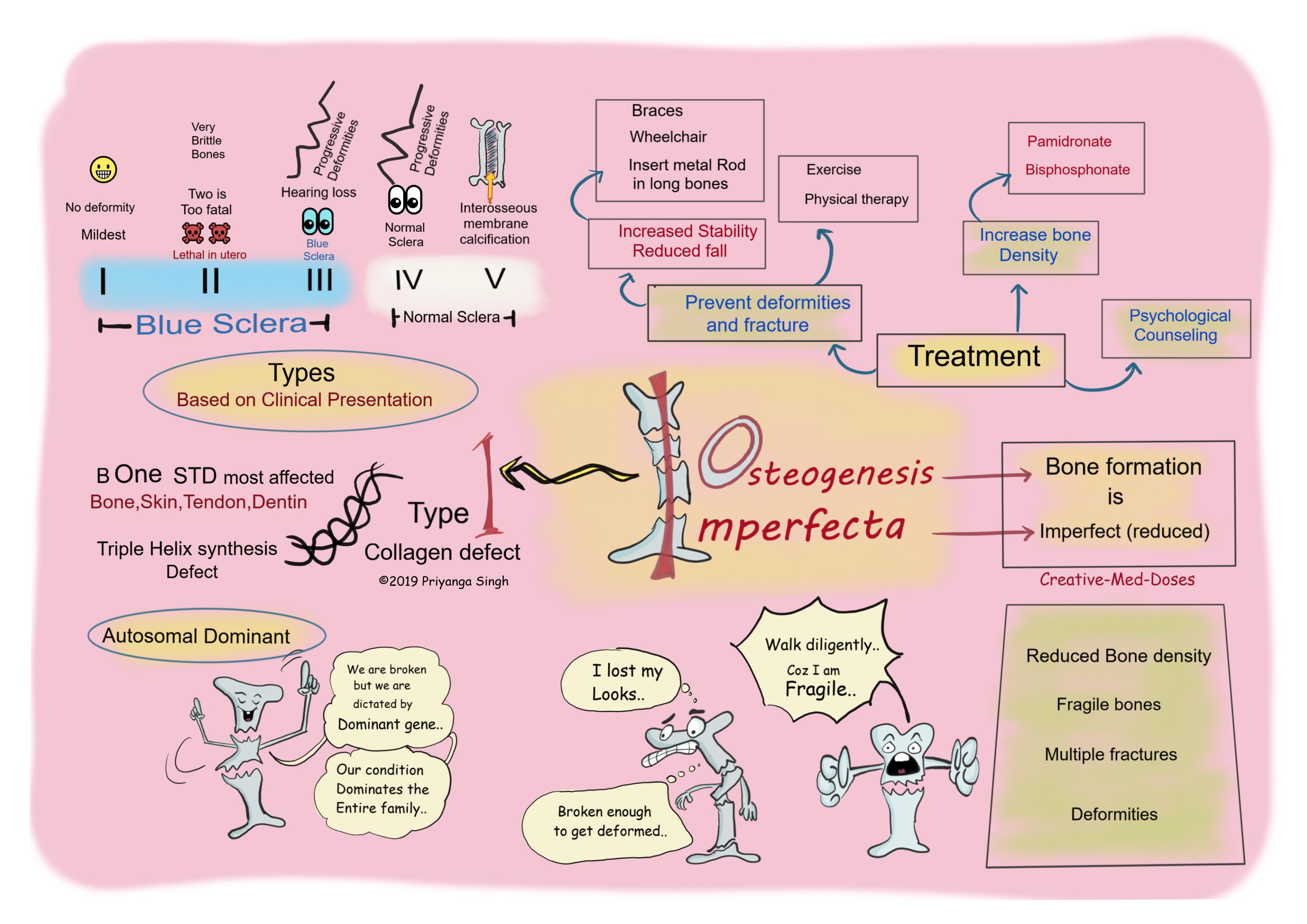
Symptoms of Osteogenesis Imperfecta (OI) can vary widely depending on the severity of the condition. Common signs include frequent fractures, weak bones, short stature, and joint inflammation. Diagnosis is often made through physical examination, medical history review, and genetic testing. X-rays and bone density scans may also be used to confirm the diagnosis and assess bone fragility. Early diagnosis is crucial for effective management and treatment of OI.
Common symptoms of OI

Common symptoms of OI include frequent fractures, brittle bones, and short stature. Individuals with OI may also experience skeletal deformities such as bowed legs or scoliosis. Additionally, they may have weak muscles, joint laxity, and hearing loss. Other symptoms can include blue sclerae (the whites of the eyes), a triangular-shaped face, and teeth abnormalities. These symptoms can vary in severity depending on the type of OI an individual has.
Methods for diagnosis

Methods for diagnosing Osteogenesis Imperfecta (OI) typically involve a combination of medical history, physical examination, and imaging tests. Doctors may ask about family history of bone fractures and assess the patient's bone density and strength. X-rays, ultrasound, or bone scans can help identify abnormalities or fractures. In some cases, a genetic test may be recommended to detect specific gene mutations associated with OI. Prompt and accurate diagnosis is crucial for proper management and treatment of this fragile bone disorder.
Management and Treatment

Management and treatment options for Osteogenesis Imperfecta (OI) focus on minimizing fractures, promoting bone health, and managing symptoms. Currently, there is no cure for OI, but various interventions can improve the quality of life for individuals affected by this condition. Treatment may include medications to strengthen bones, physical therapy to improve mobility and muscle strength, assistive devices for support, and surgical interventions to correct skeletal deformities. Preventative measures such as fall prevention and maintaining a healthy lifestyle are also important in managing OI.
Current treatment options for OI

Current treatment options for OI focus on managing symptoms and reducing the risk of fractures. Medications such as bisphosphonates may be prescribed to increase bone density and strength. Physical therapy can help improve mobility and strengthen muscles, while assistive devices like wheelchairs or braces can provide support. Surgical interventions may be necessary to correct bone deformities or prevent fractures. It is important for individuals with OI to work closely with a healthcare team to determine the most appropriate treatment plan for their specific needs.
Preventative measures to reduce risk of fractures
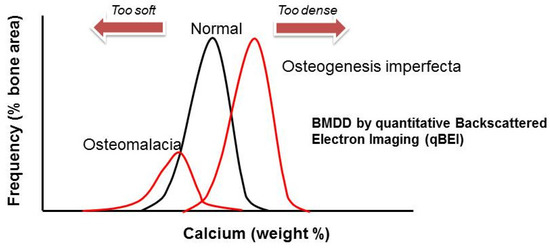
Preventative measures play a crucial role in reducing the risk of fractures for individuals with Osteogenesis Imperfecta (OI). These measures can help promote bone health and minimize the impact of the condition. It is recommended to avoid high-impact activities that may increase the likelihood of fractures. Engaging in low-impact exercises such as swimming or cycling can help maintain muscle strength without putting excessive stress on the bones. Additionally, creating a safe environment at home by removing tripping hazards and using supportive equipment like handrails and grab bars can also contribute to preventing falls and potential fractures. Regular check-ups with healthcare professionals can ensure appropriate management strategies are in place to reduce the risk of fractures for individuals with OI.
Living with OI as an Adult

Living with OI as an Adult can present unique challenges. Adults with OI often face difficulties in finding suitable employment and may require accommodations to ensure a safe working environment. Daily activities such as dressing, bathing, and mobility can also be more challenging due to the fragile bones and joint inflammation associated with OI. However, there are resources and support systems available to help adults with OI navigate these challenges and live fulfilling lives.
Challenges faced by adults with OI
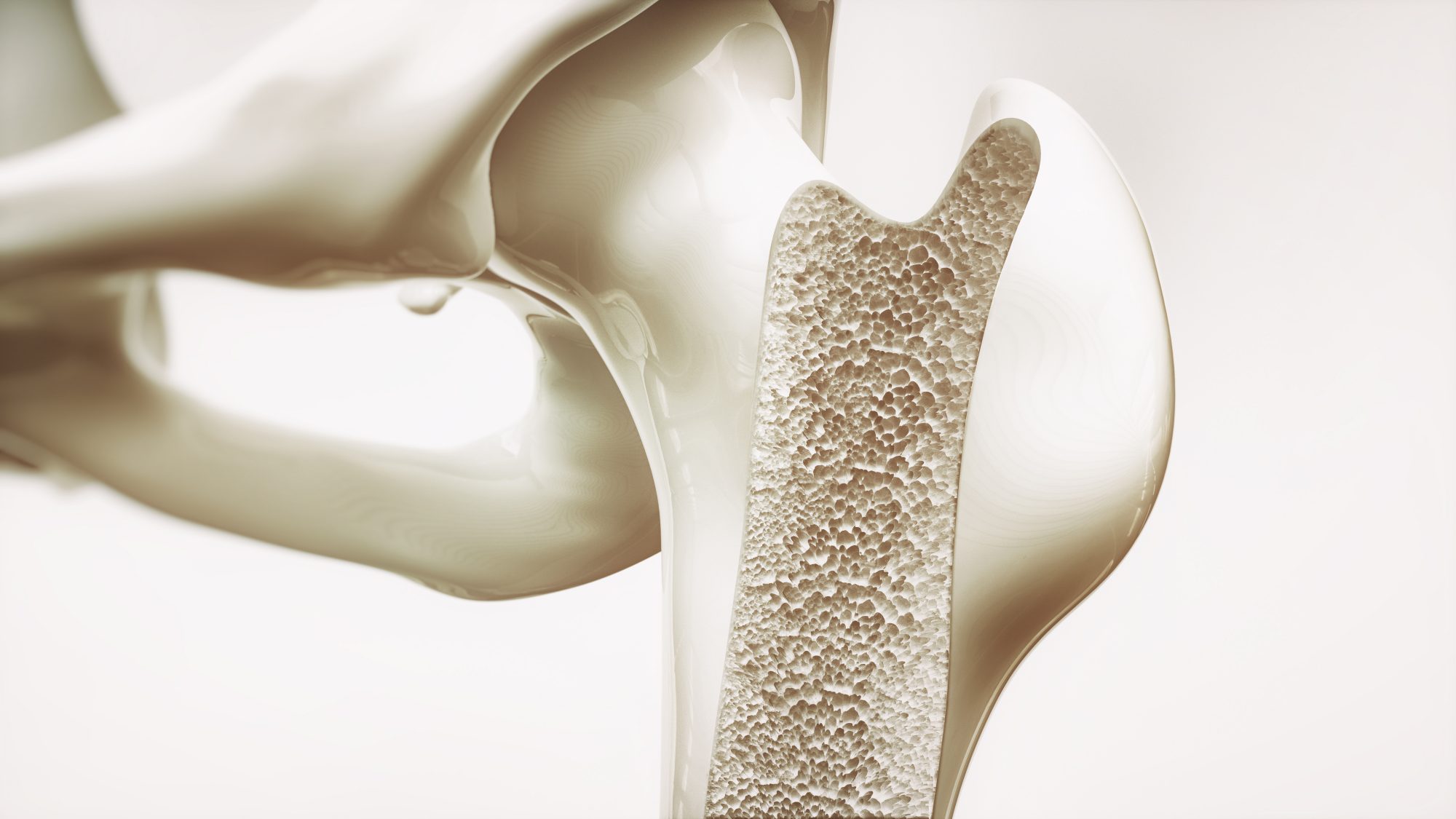
Adults with Osteogenesis Imperfecta (OI) face a unique set of challenges due to their fragile bones. Daily activities such as walking, lifting objects, and even basic self-care tasks can result in fractures or injuries. The constant pain and limited mobility can impact their ability to work, participate in social activities, and maintain independence. In addition, the need for regular medical interventions and specialized care can also present financial and logistical challenges for adults with OI. Despite these obstacles, many adults with OI find ways to adapt and lead fulfilling lives, seeking support from healthcare professionals and support networks.
Resources and support for adults with OI

Adults with OI can find valuable resources and support to help them navigate the challenges they may face. There are organizations, such as the Osteogenesis Imperfecta Foundation, that provide information, education, and advocacy for individuals with OI. Support groups and online communities also offer a space for adults with OI to connect with others who understand their experiences and share advice and encouragement. These resources can play a crucial role in empowering adults with OI to lead fulfilling lives despite the bone disorder they face.
OI in Children
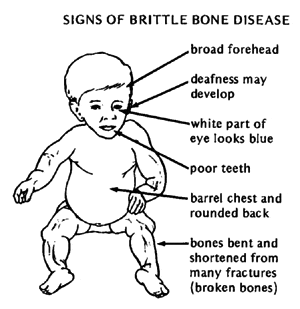
OI in Children is a critical aspect to understand, as it affects their development and growth. Children with OI face unique challenges due to their fragile bones, including increased risk of fractures and joint inflammation. These complications can impact their ability to participate in physical activities and can sometimes lead to delays in motor skills development. It is essential for parents and caregivers to provide a safe environment for children with OI while also encouraging their socialization and education.
Developmental and growth challenges faced by children with OI

Children with Osteogenesis Imperfecta (OI) face significant developmental and growth challenges. Their fragile bones can lead to delays in motor skills development, such as sitting, crawling, and walking. Additionally, the risk of repeated fractures and joint inflammation can hinder their physical growth. These challenges require specialized care and interventions to support their overall development and ensure optimal growth for a better quality of life.
Education and socialization of children with OI

Children with Osteogenesis Imperfecta (OI) may face unique challenges when it comes to education and socialization. Due to their fragile bones, they may require special accommodations in the classroom, such as wheelchair accessibility and modified seating. Additionally, efforts should be made to ensure their social inclusion, as physical limitations may impact their ability to participate in certain activities. By providing a supportive and inclusive environment, educators and peers can help children with OI thrive academically and socially.
Genetics and OI

Genetics play a critical role in the development of Osteogenesis Imperfecta (OI). OI is primarily caused by mutations in the genes that are responsible for producing collagen, a protein necessary for bone strength and structure. These mutations can be inherited from one or both parents, depending on the specific type of OI. Understanding the genetic basis of OI is crucial for accurate diagnosis and appropriate genetic counseling to help individuals and families affected by this condition.
Inheritance patterns of OI

Inheritance patterns of Osteogenesis Imperfecta (OI) play a crucial role in understanding the risk of passing on the disorder to future generations. OI can be inherited in an autosomal dominant, autosomal recessive, or X-linked recessive manner. Autosomal dominant inheritance means that one copy of the mutated gene is enough to cause the disorder, while autosomal recessive inheritance requires two copies. X-linked recessive inheritance occurs when the gene mutation is located on the X chromosome. Understanding these inheritance patterns is essential for genetic counseling and family planning for individuals with OI.
Genetic counseling resources

Genetic counseling plays a vital role in providing individuals and families affected by osteogenesis imperfecta (OI) with essential information and support. Genetic counselors are healthcare professionals trained in genetics who can help assess the risk of passing on OI to future generations. They provide personalized guidance, discuss inheritance patterns, and discuss reproductive options. Resources such as counseling centers, online forums, and support groups are available for individuals seeking genetic counseling services to navigate the complexities of OI.
OI Research
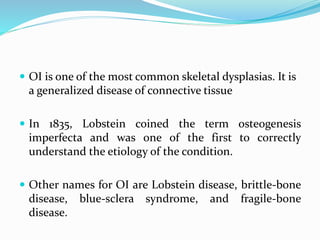
OI Research plays a crucial role in deepening our understanding of Osteogenesis Imperfecta (OI) and developing better treatment options. Scientists and medical professionals are actively engaged in studying the causes, genetics, and potential therapies for OI. Current research focuses on advancements in stem cell transplantation, gene therapy, and pharmaceutical interventions to strengthen bones and reduce the risk of fractures. Ongoing studies aim to improve the quality of life for individuals with OI by addressing bone fragility and associated complications.
Current research on OI treatments and management

Current research on OI treatments and management is focused on finding new ways to improve the quality of life for individuals with this bone disorder. Scientists are exploring various approaches, including gene therapy and the use of medications that target specific bone cells. Additionally, researchers are studying the role of stem cells in promoting bone regeneration and exploring novel surgical techniques to address joint inflammation commonly associated with OI. These advancements hold promise for future developments in the field of OI management.
Future directions in OI research

Researchers are continuously striving to expand our understanding of OI and develop new treatments. One promising area of future research is the development of gene therapies that aim to correct the defective collagen genes responsible for OI. These therapies could potentially provide a long-term solution to the bone fragility in individuals with OI. Additionally, advancements in regenerative medicine and stem cell-based therapies show promise in improving bone strength and reducing fractures in individuals with OI. Furthermore, ongoing studies aim to develop targeted drugs that can improve bone mineralization and reduce joint inflammation in individuals with OI.
Conclusion

In conclusion, Osteogenesis Imperfecta is a complex bone disorder that is caused by mutations in the collagen genes. It manifests with fragile bones and a range of symptoms that vary in severity. While there are treatment options available to manage the condition, more research is needed to improve outcomes for individuals with OI. With advancements in genetics and ongoing research, there is hope for the future and potential for improved quality of life for those living with OI.
Summary of key points regarding Osteogenesis Imperfecta

Osteogenesis Imperfecta (OI) is a rare genetic disorder characterized by fragile bones and increased susceptibility to fractures. It is caused by mutations in the genes responsible for collagen production, leading to weakened bone structure. The severity of OI can vary widely, with individuals experiencing different types and degrees of symptoms. Diagnosis involves a combination of clinical evaluation, medical imaging, and genetic testing. Treatment options focus on managing symptoms and preventing fractures, with ongoing research exploring potential advancements in the field. Individuals living with OI face unique challenges throughout their lives, but with appropriate support and resources, they can lead fulfilling and independent lives.
Hope for the future for individuals with OIbon

Researchers and medical professionals are constantly striving to improve the understanding and treatment of Osteogenesis Imperfecta (OI). With ongoing advancements in medical technology and genetics, there is hope for a brighter future for individuals with OI. Scientists are actively studying new treatments and management strategies, and genetic counseling resources are available to help families understand the inheritance patterns of OI. This collective effort gives individuals with OI hope for a better quality of life and increased awareness and support from their communities.

.jpg)